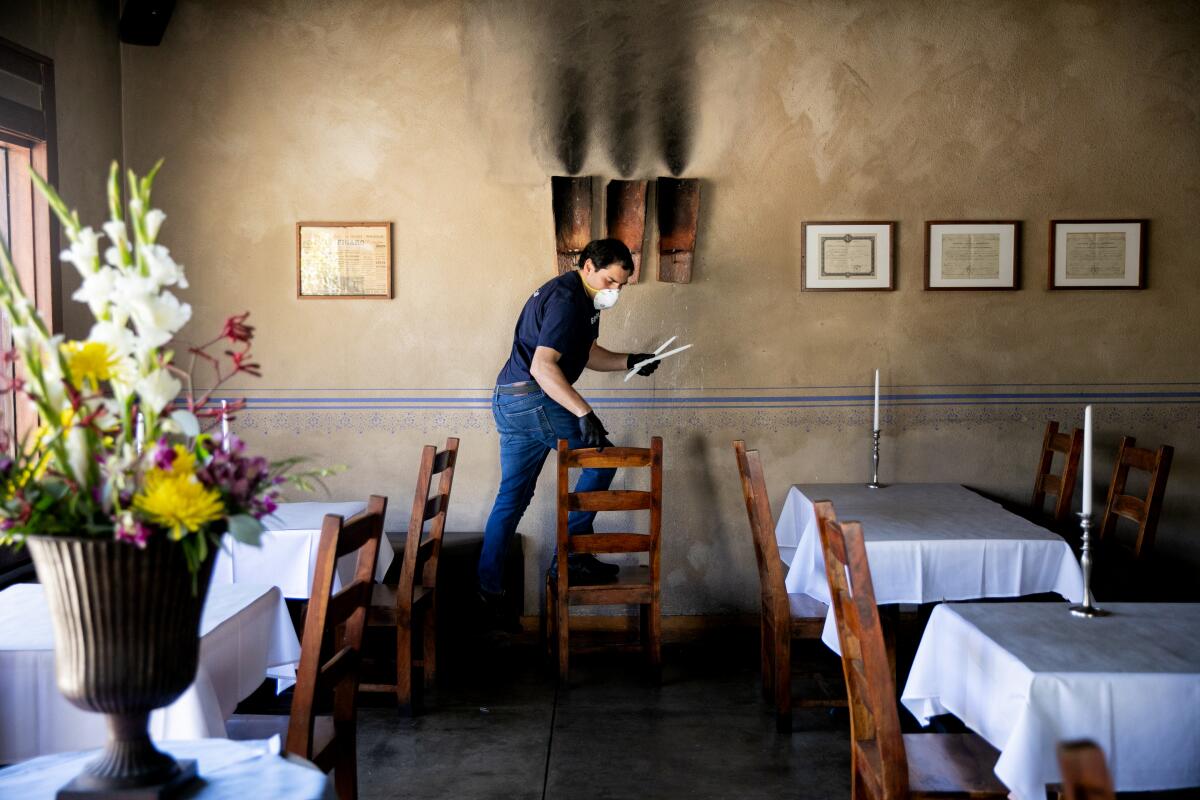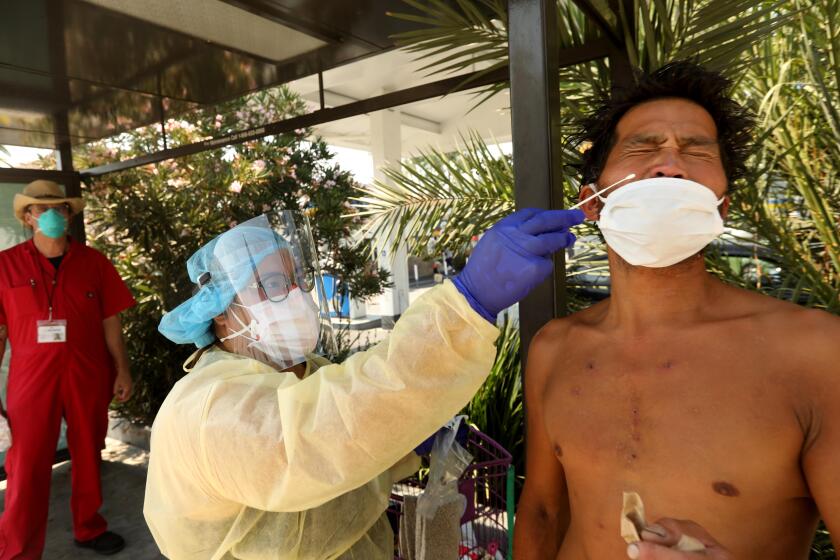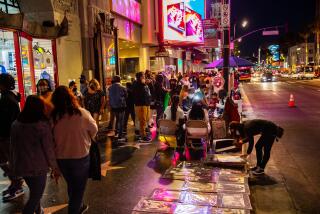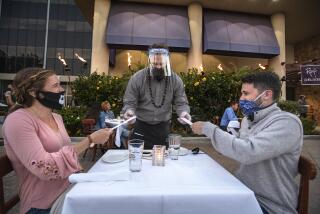San Diego County working on strategy for reopening; details to be released next week

SAN DIEGO — Businesses and schools are formulating plans to move their operations back indoors now that San Diego County is off the state’s COVID-19 watchlist, officials said Wednesday.
But the county’s public health officer said she still sees no reason to start releasing the locations of community outbreaks as Los Angeles County has done.
As university students return to campuses and diners continue to swelter on restaurant sidewalks, the demand for information about where the virus is spreading most quickly, and how life will start getting back to normal, has only intensified.
County Supervisor Nathan Fletcher said during a briefing Wednesday that local government is in discussion with the state about how a broader set of activities could be allowed.
“That does not mean that next week everything will reopen, but we are working with the state to get the guidance,” Fletcher said.
Gov. Gavin Newsom said Wednesday that a plan developed by the state would be circulated among county health officers for feedback over the weekend, with details of the reopening strategy “based on new criteria, new conditions that we’re setting forth” to be made public next week.
Newsom said the approach currently under consideration would likely involve reopening different sectors at intervals, which would allow epidemiologists to better measure whether a particular type of business or activity returning to fuller operation causes case rates to jump.
He said the sector-by-sector reopening approach will help the state ensure that the economic recovery is sustainable.
After being removed from the state shutdown list Tuesday, San Diego County is now on a 14-day countdown until local K-12 school districts are allowed to reopen for in-person instruction at their discretion.
The California Department of Public Health clarified some of the state’s reopening requirements in an email Wednesday.
Schools, the department confirmed, can reopen as long as they are not located in a county that has been on the state’s watchlist in the previous 14 days. But three consecutive days of unfavorable numbers under the state’s six measures can put a county back on the list.
State metrics remained outside the danger zone Wednesday, with San Diego County posting a rate of 85.2 cases per 100,000 residents and a 14-day positive test rate of 4.3%.
The county announced 214 additional positive cases and five new deaths — three women and two men ranging in age from 56 to 87 — on Wednesday, raising the total to 638. Hospitalizations popped up from 279 to 303.
Two additional community outbreaks appeared on the county’s list Wednesday, at a restaurant and another business, but the specific locations were not reported.
L.A. County publishes the locations of outbreaks at businesses and schools, complete with the name, address and number of people infected, on its website.
Health officials note an overall drop in death rates across all demographics and a “narrowing of the gap” among coronavirus victims of varying racial, ethnic and socioeconomic backgrounds.
Many have begun to ask why San Diego County can’t do the same.
Members of the public say they’d like to know more about the specific locations of community outbreaks, which are defined as three or more cases among members of different households who visited the same location at roughly the same time.
Wooten said that public health departments tend to provide outbreak locations only when doing so could help contain an outbreak by reaching people who were exposed but whose identities are not known to the health department.
“At this point, just to put the names of the outbreak locations on the website, there is no action that the general public additionally would need to take,” Wooten said.
In recent months, though, many in the public have said that knowing the locations would allow them to better assess the risk they take when they visit local establishments. County officials have said that releasing the information might make people less likely to be honest with public health investigators about the locations they visited.
Sisson and Cook write for the San Diego Union-Tribune.
More to Read
Sign up for Essential California
The most important California stories and recommendations in your inbox every morning.
You may occasionally receive promotional content from the Los Angeles Times.













